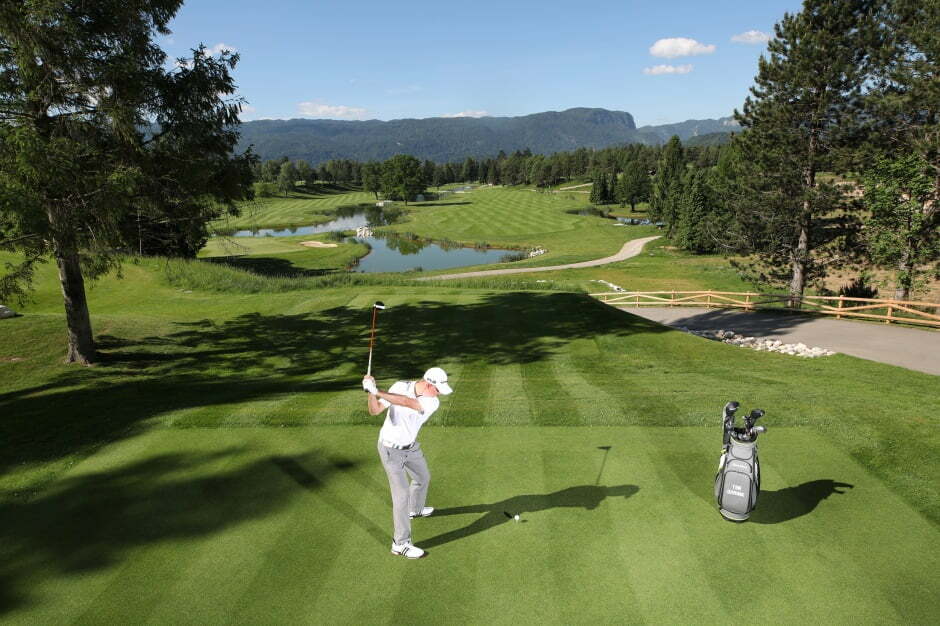Cycling heaven: The African capital with ‘no site visitors’
Share

An aggregate of things ranging from the struggle to diplomatic isolation has, by accident, grown to become the Eritrean capital into a biking paradise. Asmara has about 500,000 people and has few automobiles combined with low salaries, excessive import taxes, and gasoline shortages. Those you do see often tend to be from a specific age.
The roads aren’t only exceptionally empty of vehicles. Locals lament the departure of incredible numbers of younger Eritreans who have left over the past 20 years due to hardships brought by nearby conflicts and enforced countrywide provider under a government that brooks little dissent.
Because of its circumstances, Asmara offers an entire one-of-a-kind landscape compared to many African towns congested with traffic. This, blended with the notable climate, makes it a dream for cyclists to get around. “Cycling is part of our lifestyle,” says a 25-year-vintage guy.
Asmara’s architecture is also well known. It recently became a Unesco World Heritage Site for its hanging art deco buildings, a legacy of the U.S.’s time as an Italian colony from 1897 until 1943.
Bike restore stores abound all over Asmara. Eritrea has a protracted record of self-reliance that began during its 30-year warfare for independence from Ethiopia, after which its worldwide isolation has made uploading bicycles and spare components extremely steeply priced.
Eritreans ride bicycles of various hues: mountain bikes, metropolis bikes, and racing bikes. Young and antique ladies and men, athletes and housewives – all appear to embody the “bicicletta,” the phrase for bicycle inside the local language, Tigrinya, borrowed from Italian. Those who depend on public transportation must endure lengthy waits before jumping on an exceptionally crowded bus. “Buses are so antique and so few,” says Salam, a 30-year-antique graduate. Having a bicycle is life-saving here.”














